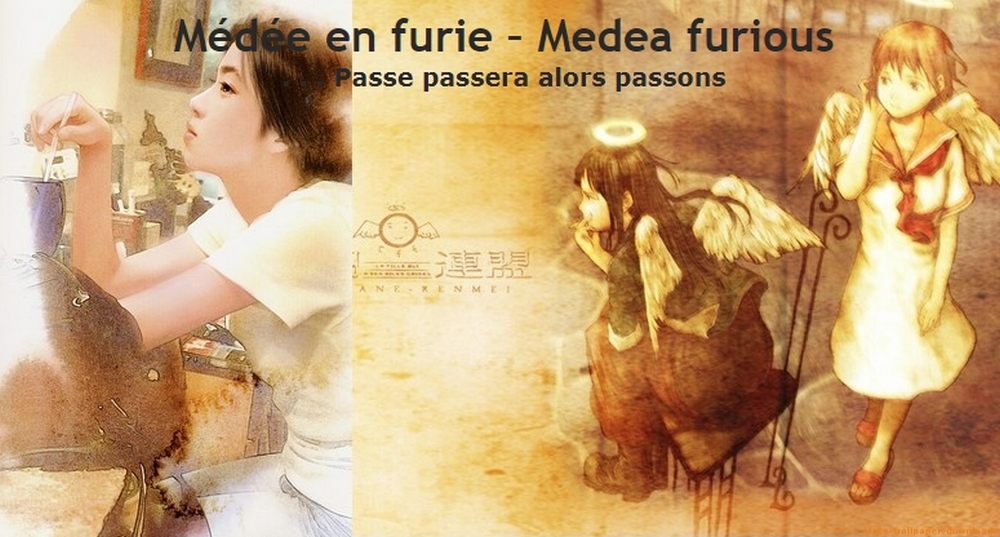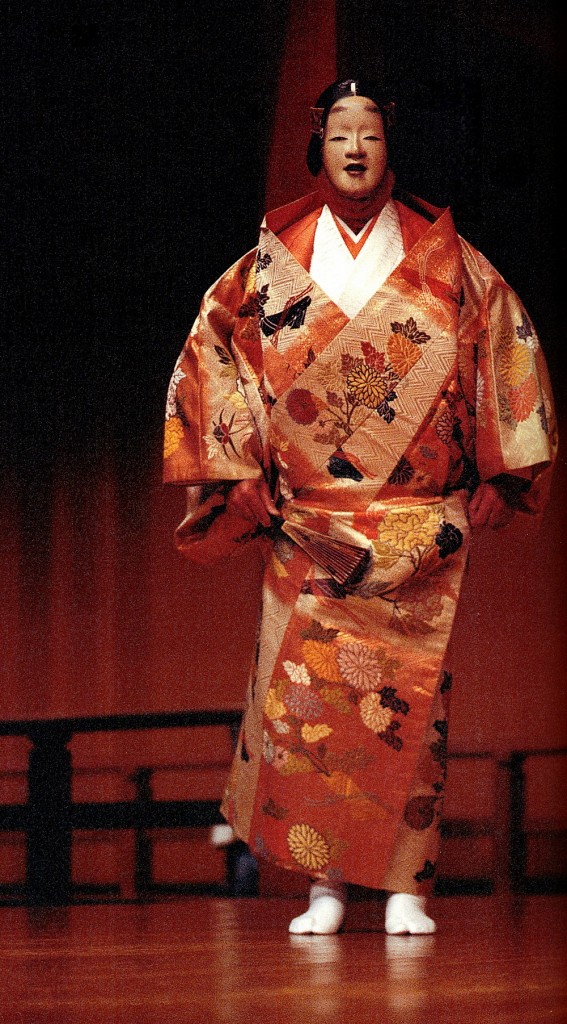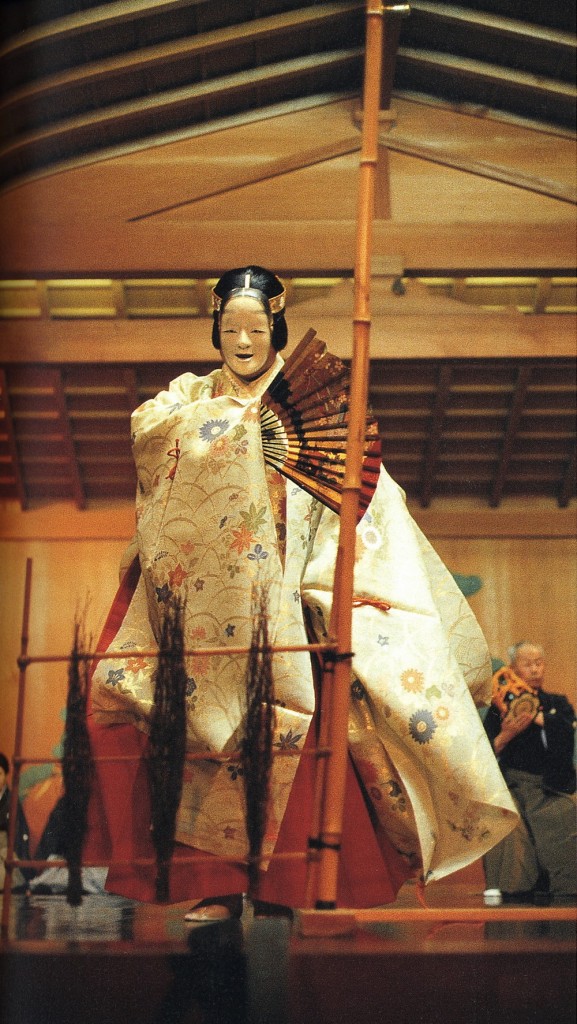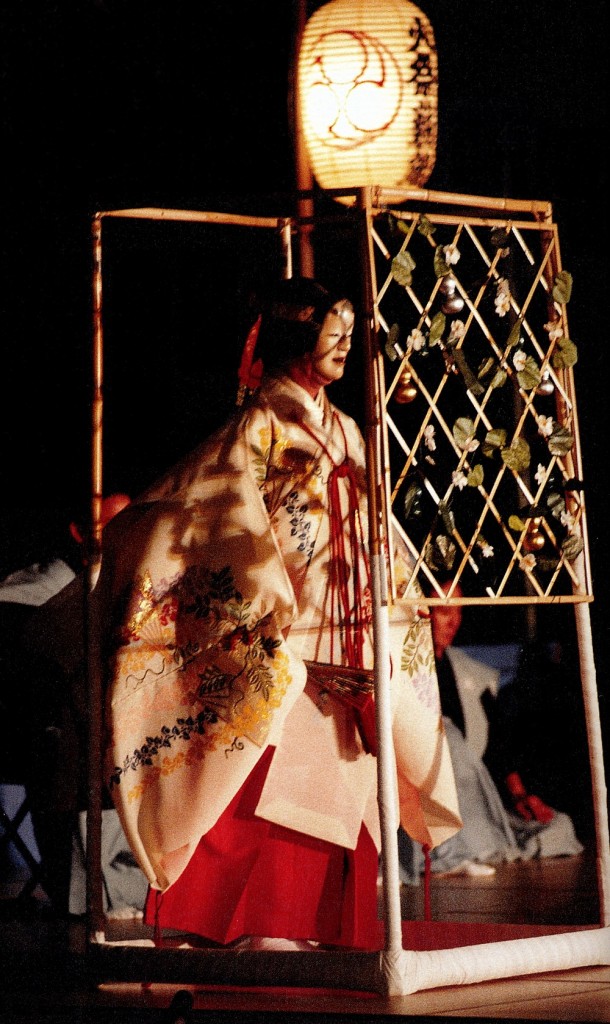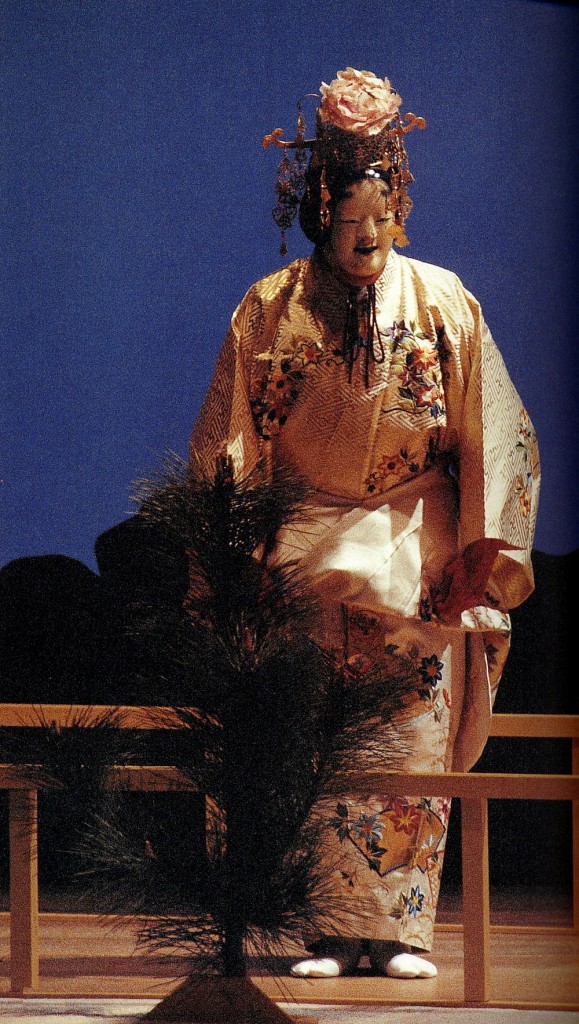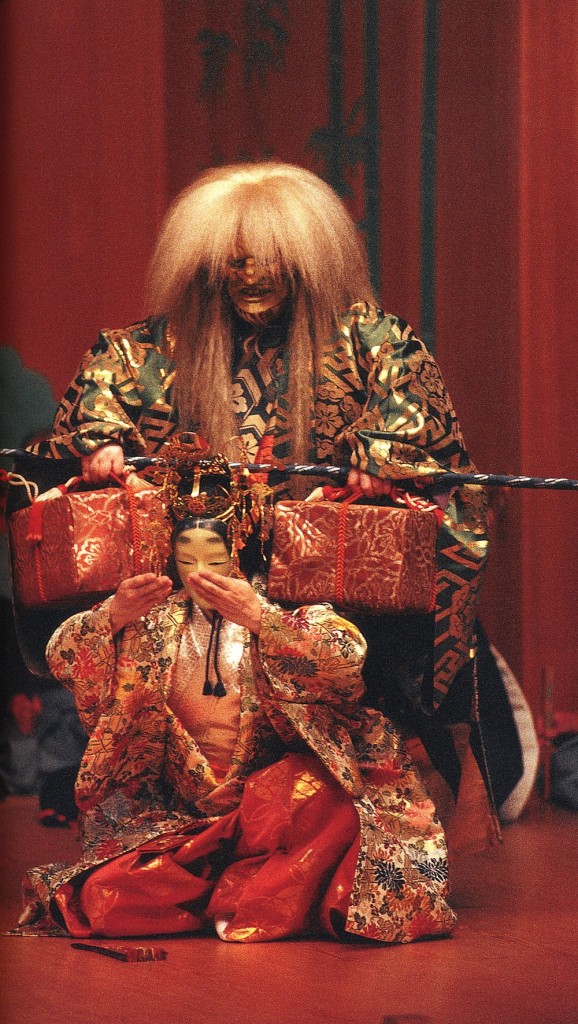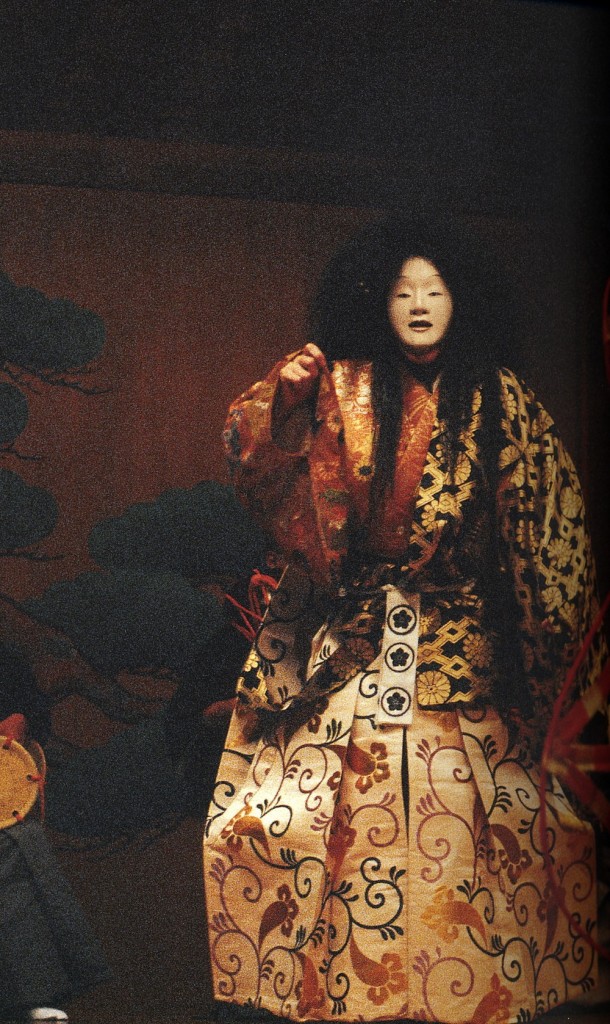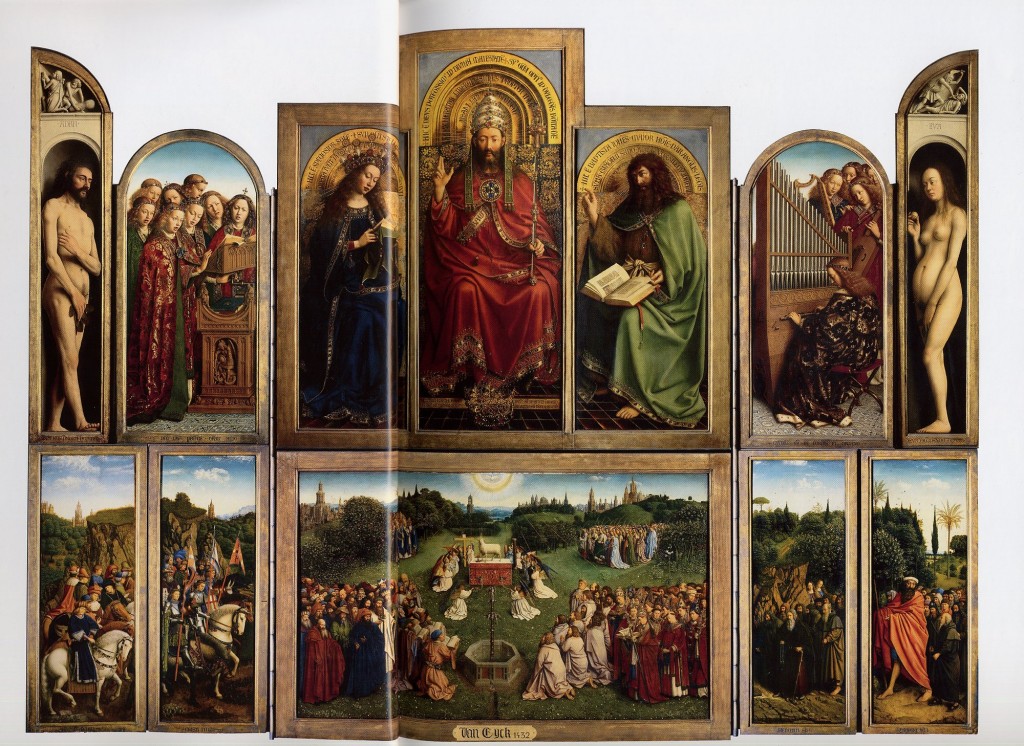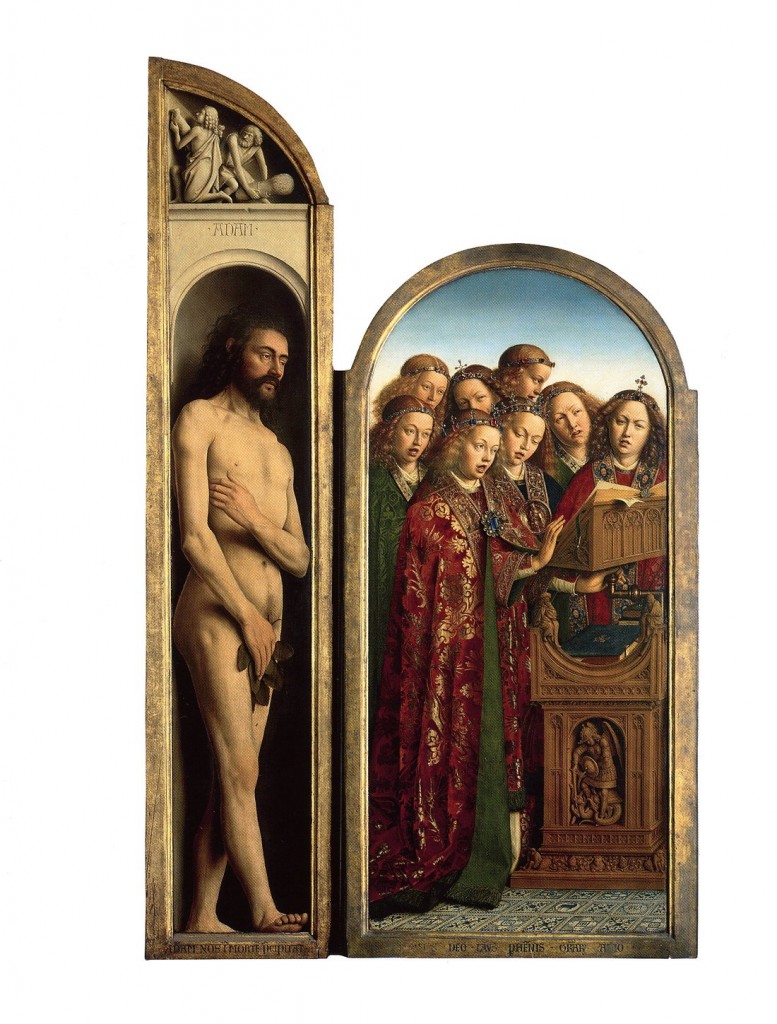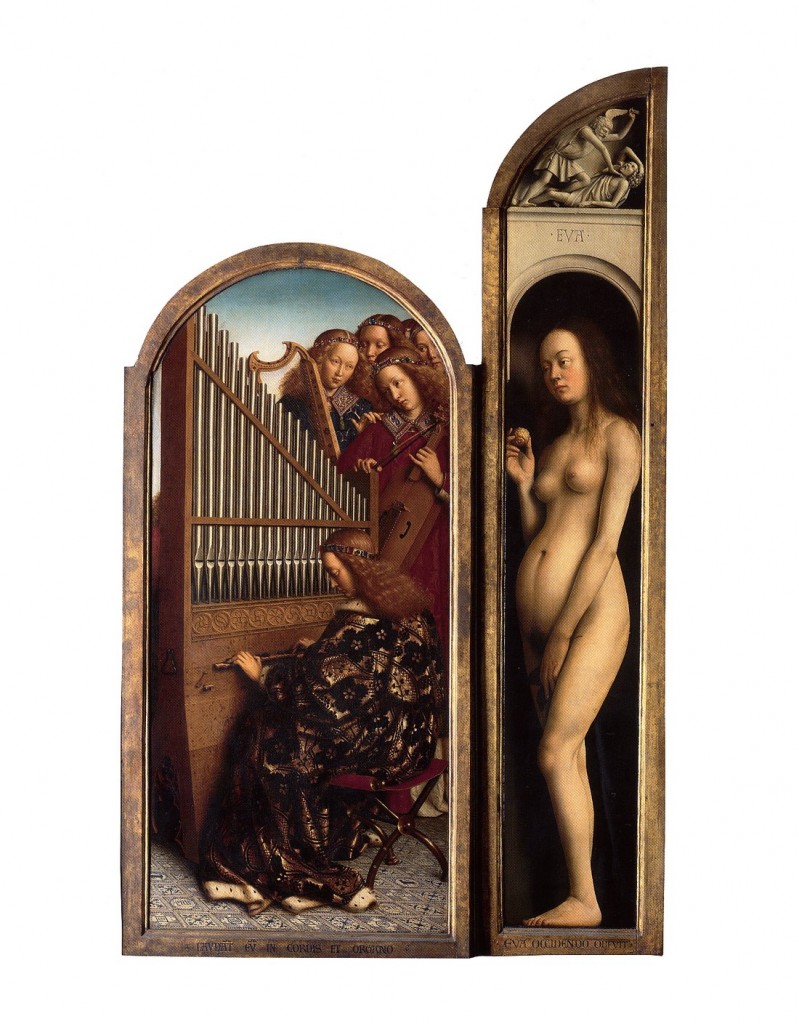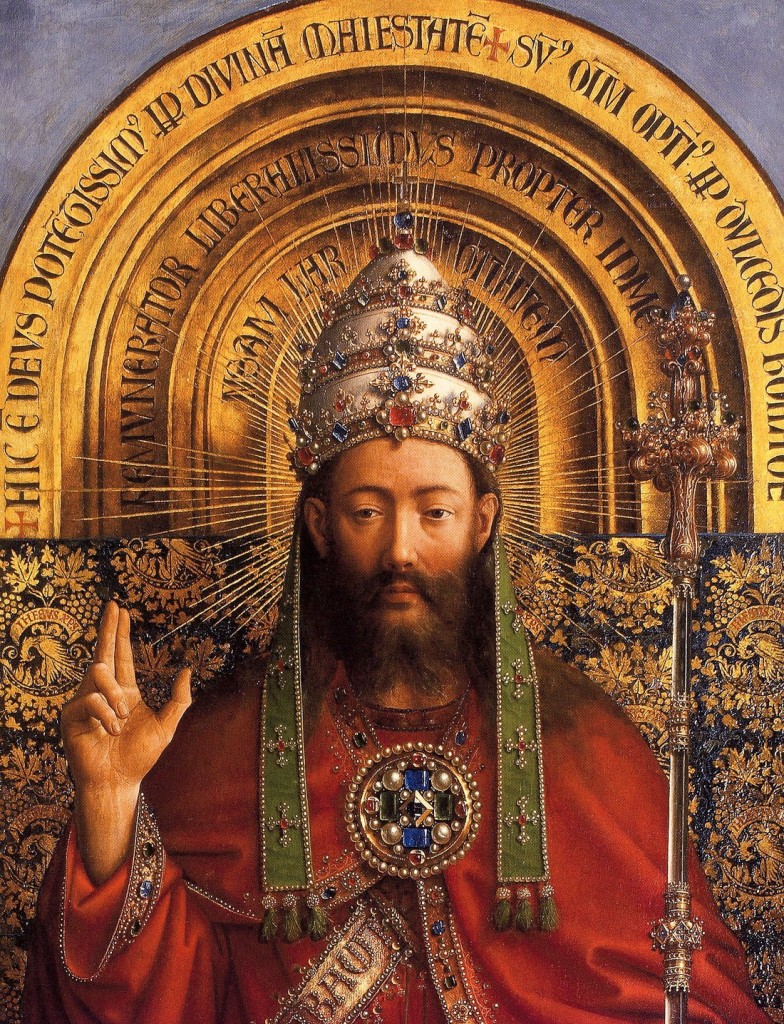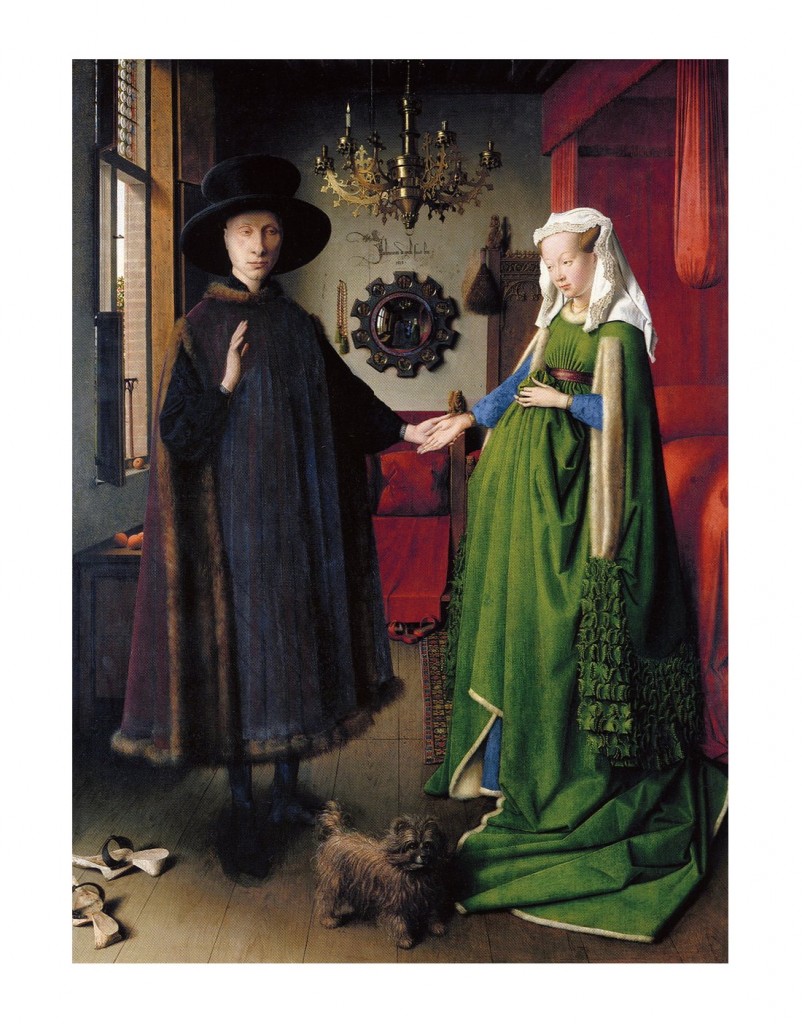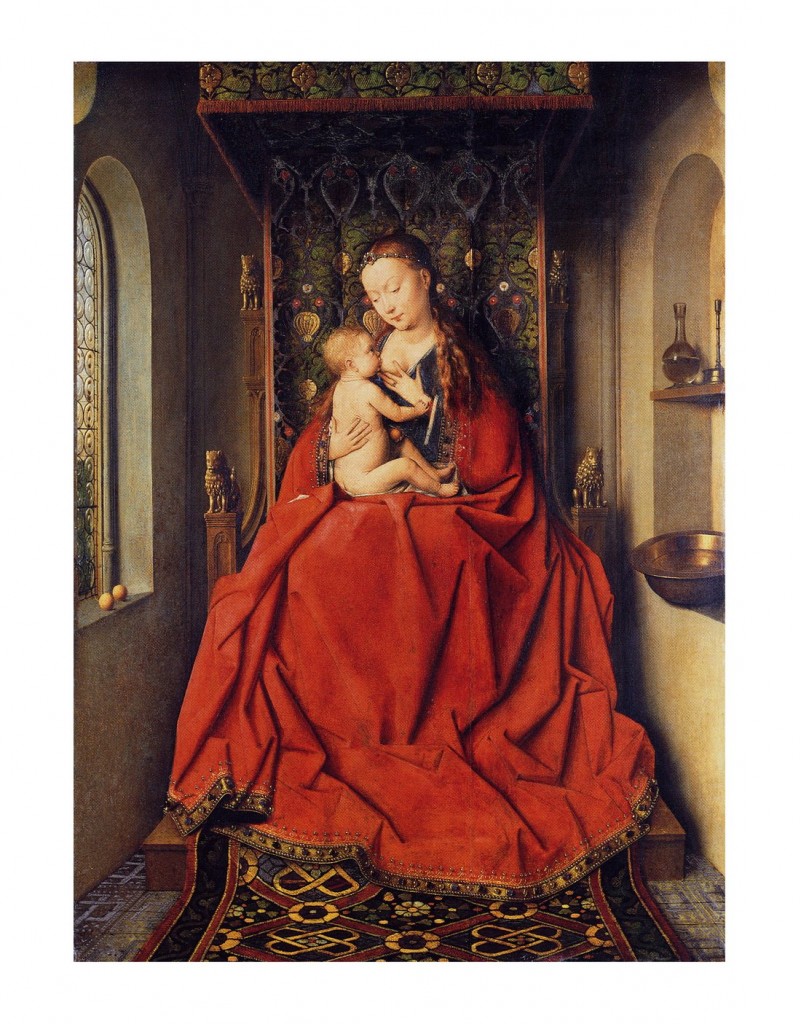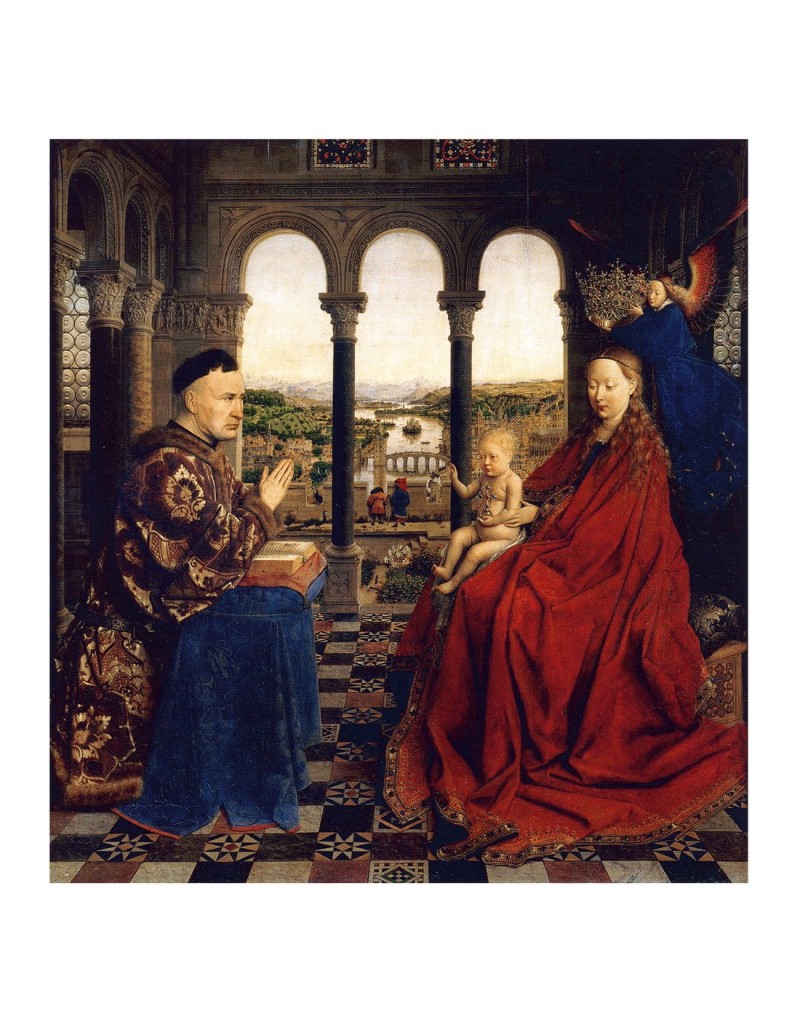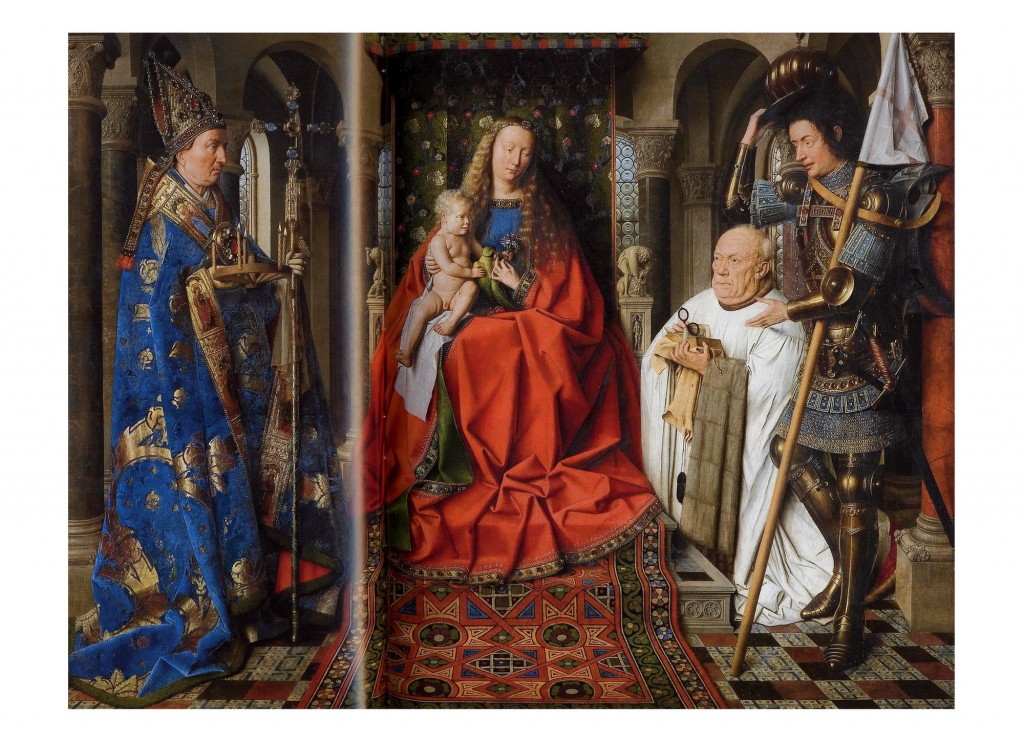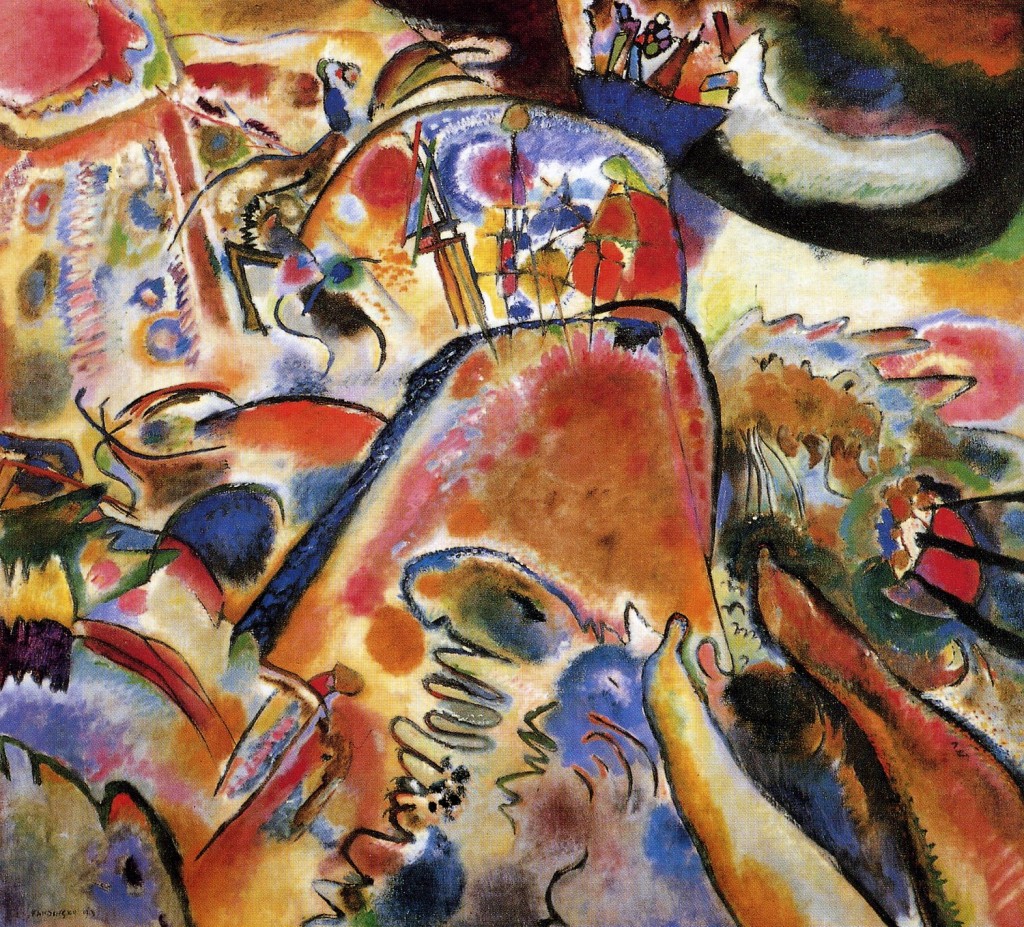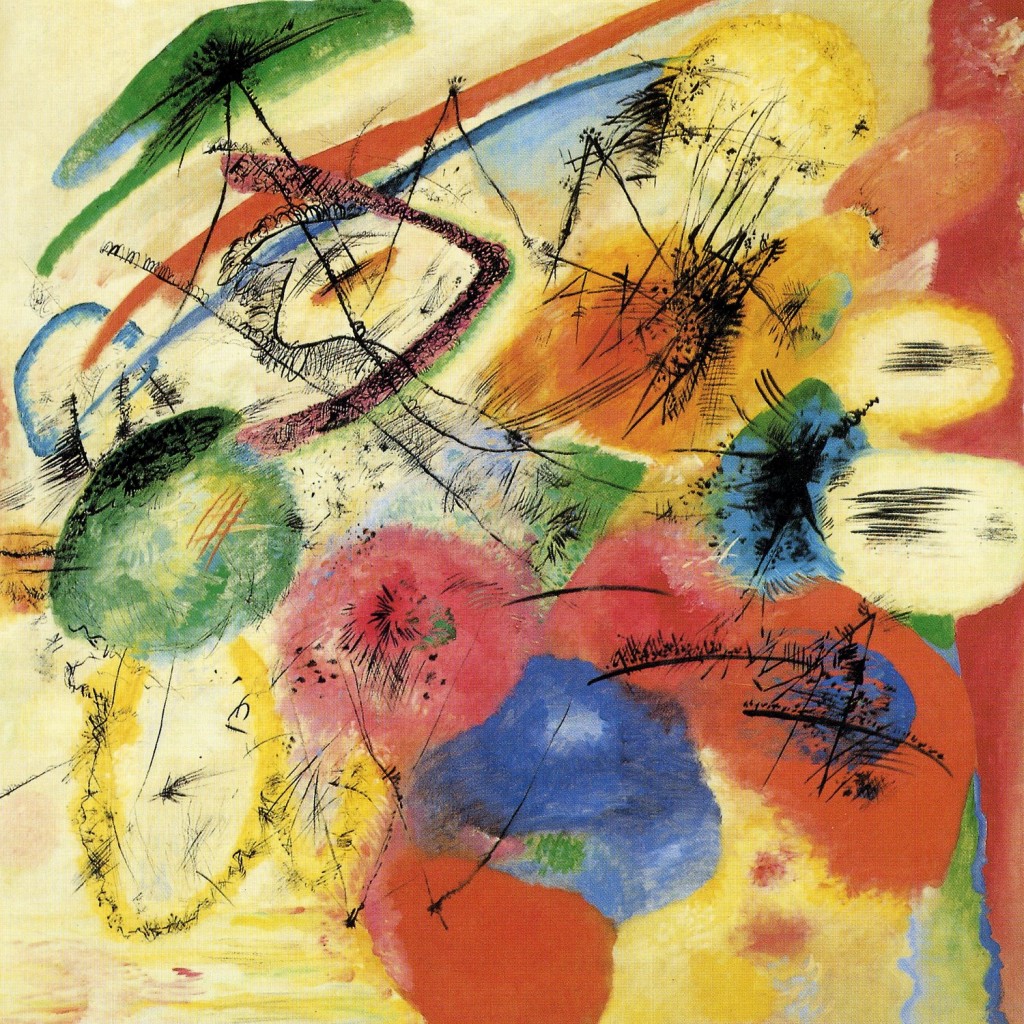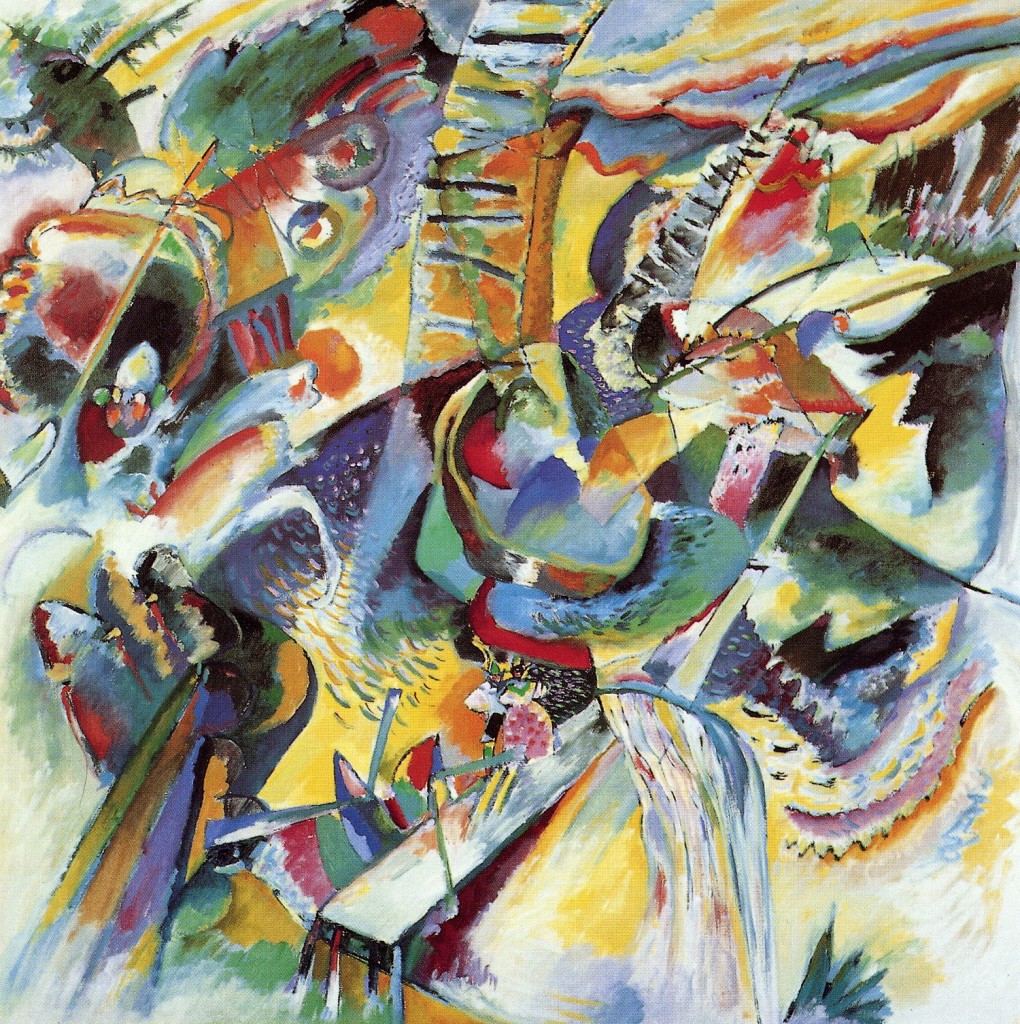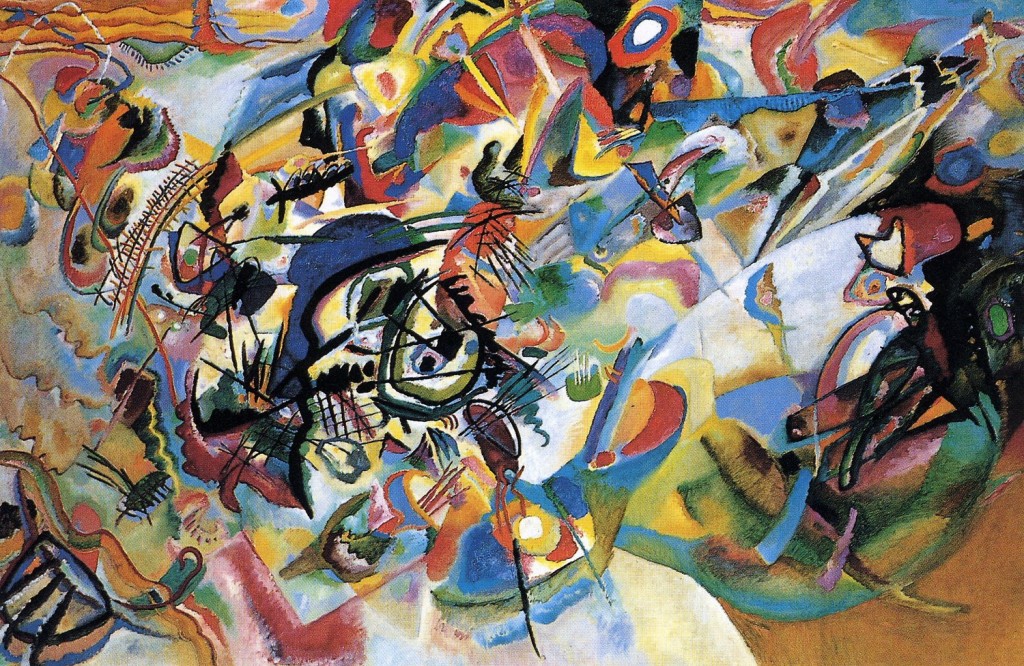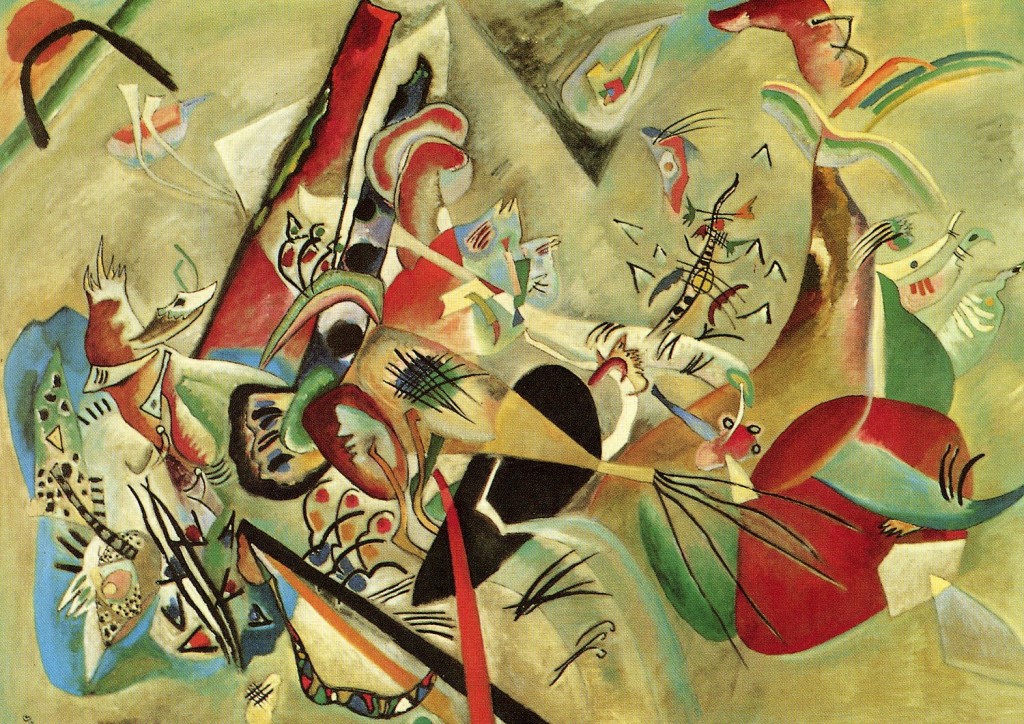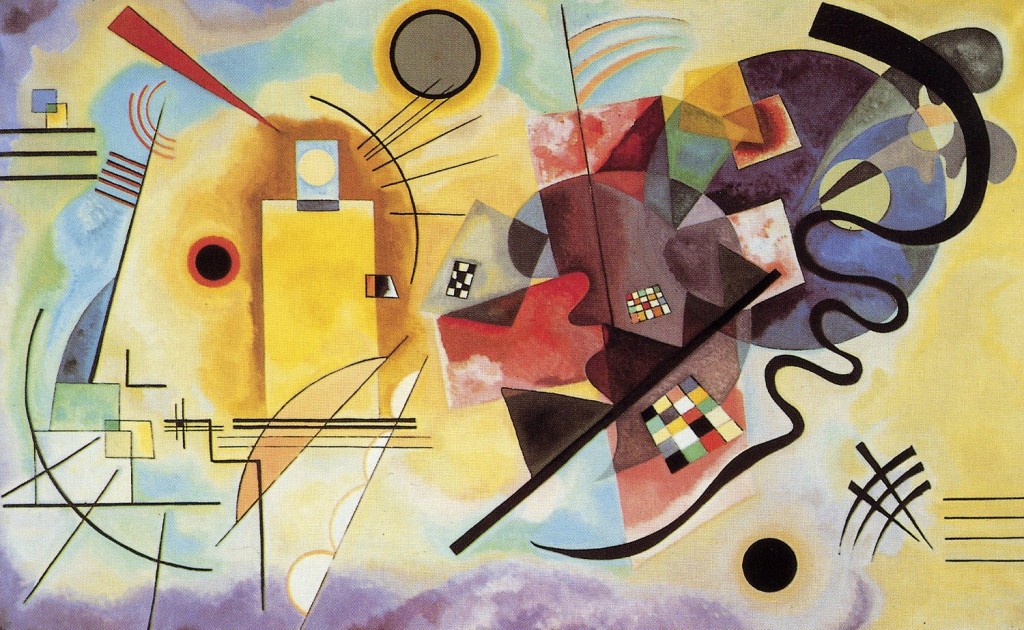Le préraphaélisme est un mouvement de peinture anglais de la deuxième moitié du 19ème siècle. Les membres de cette fraternité estimaient l’art de leurs contemporains comme sclérosé et trop académique. Ils se sont alors tournés vers les maîtres d’avant Raphaël, les primitifs italiens notamment, pour régénérer celui-ci. Étant anglais, leurs tableaux comportent beaucoup de références à cette culture, notamment aux œuvres de Shakespeare.
Pre-Raphaelitism is a movement of English painting of the second half of the 19th century. The members of this fraternity felt the art of their contemporaries as too academic and sclerotic. They then turned to the masters before Raphael, the Italian primitives in particular, to regenerate it. Being English, their paintings have many references to this culture, especially the works of Shakespeare.
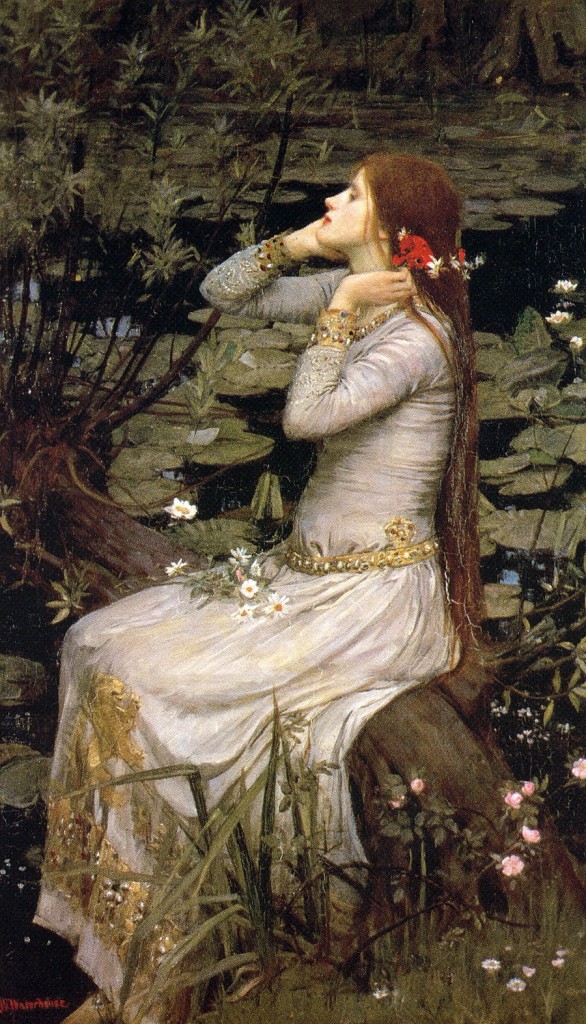
Ophélie – John William Waterhouse – 1894
Ophelia
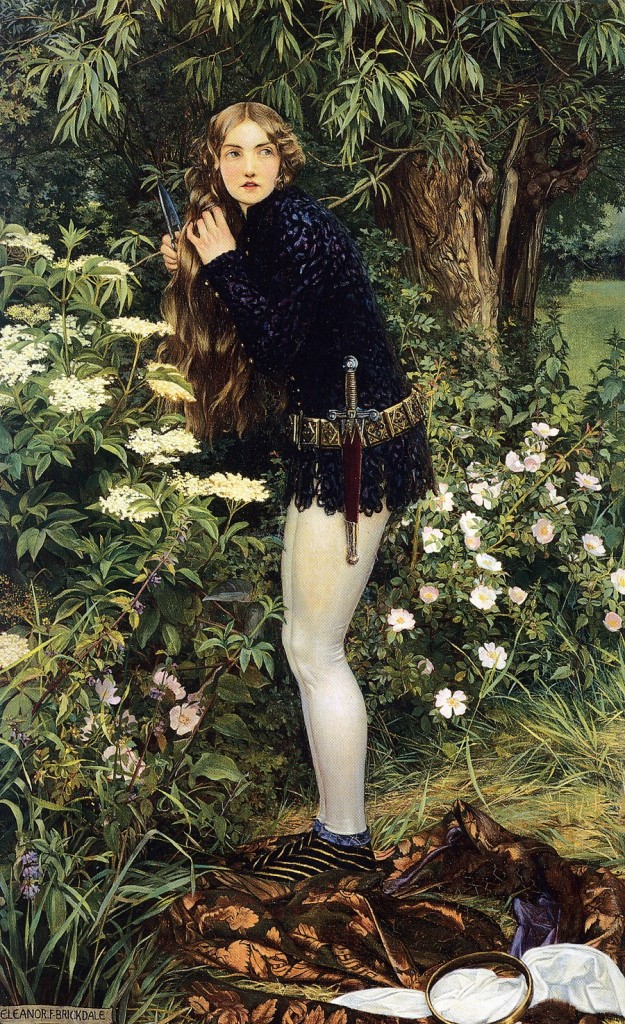
Le petit page – Eleanor Fortescue-Brickdale – 1905
The Little Foot Page
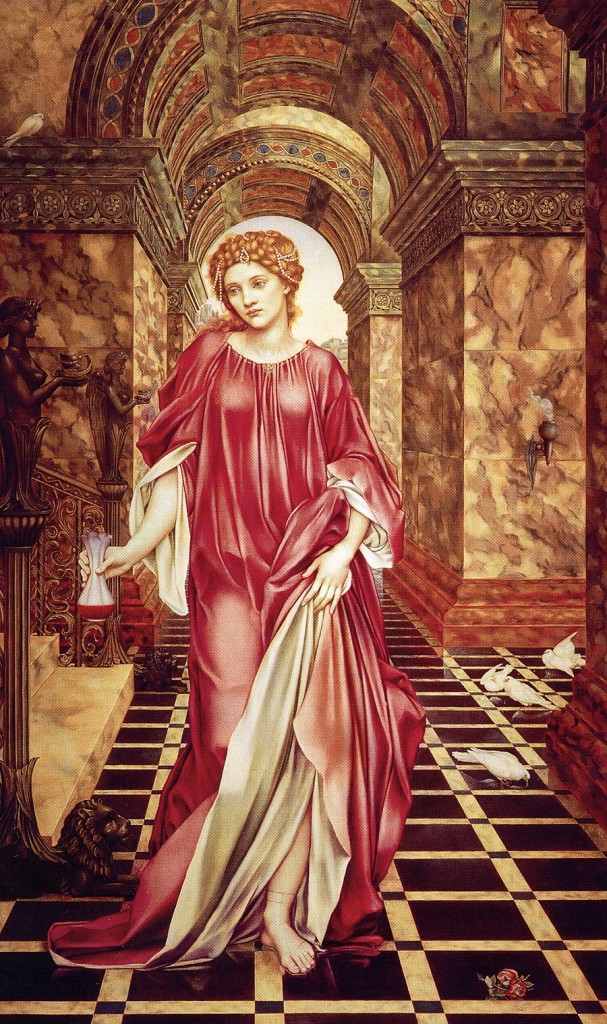
Médée – Evelyn de Morgan – 1889
Medea

La séduction de Merlin – Edward Burne-Jones – 1874
The Beguiling of Merlin
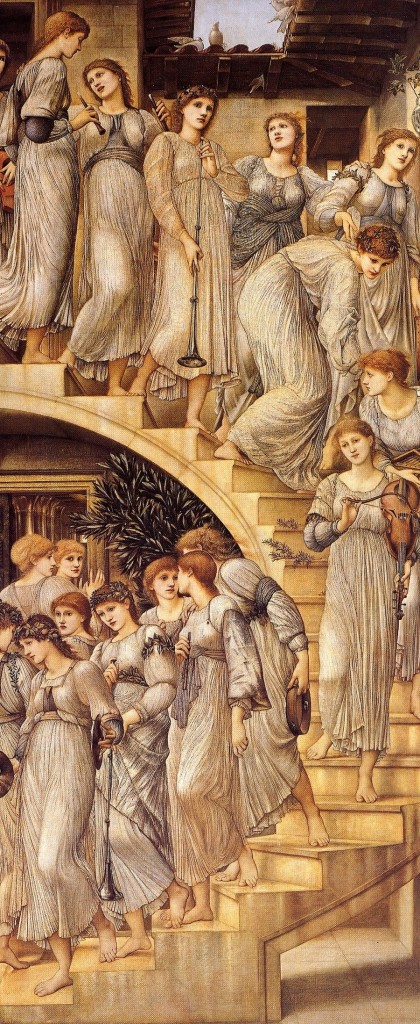
L’escalier d’or ou Les marches d’or – Edward Burne-Jones – 1880
The Golden Stairs
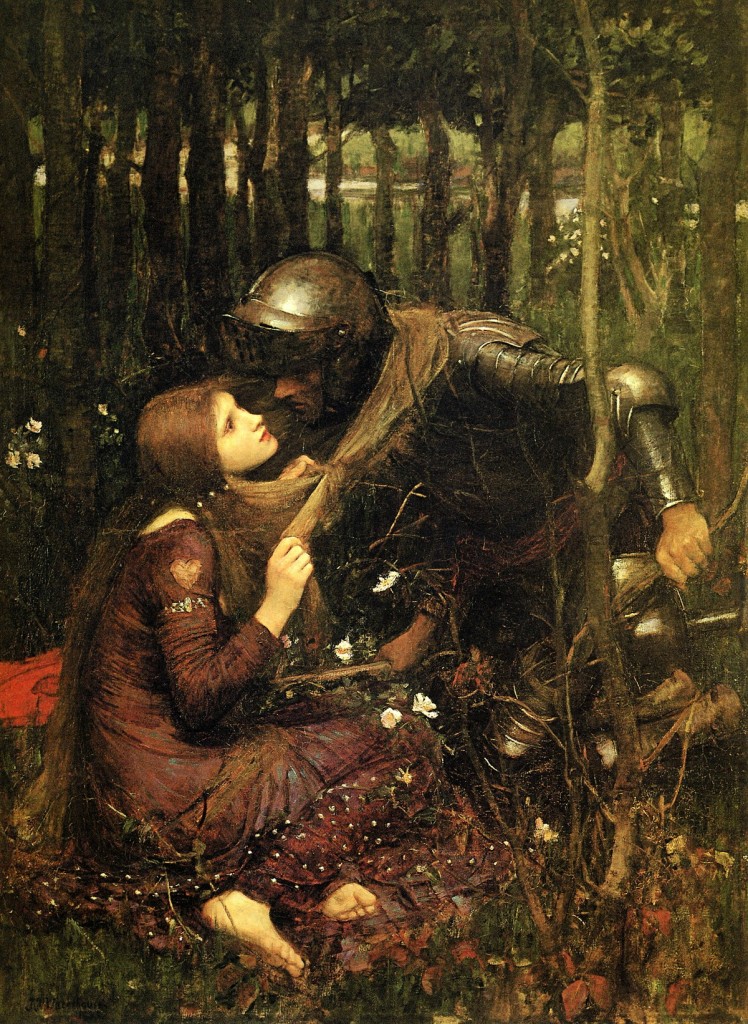
La belle dame sans merci – John William Waterhouse – 1893
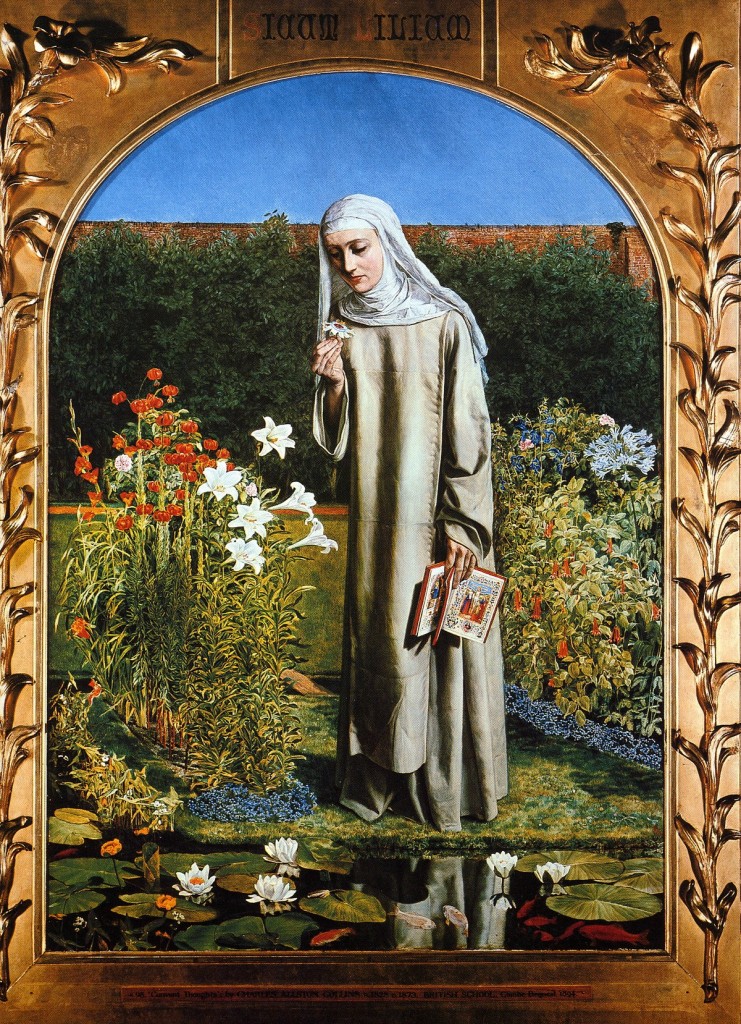
Pensées du couvent – Charles Allston Collins – 1850-1851
Convent Thoughts
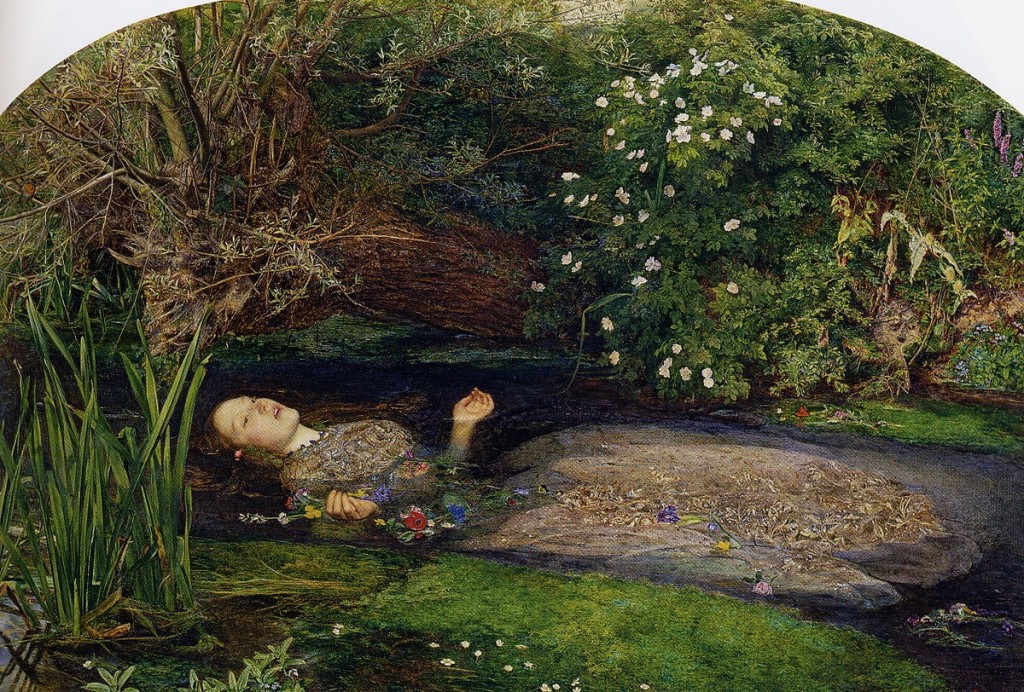
Ophélie – John Everett Millais – 1851-1852
Ophelia
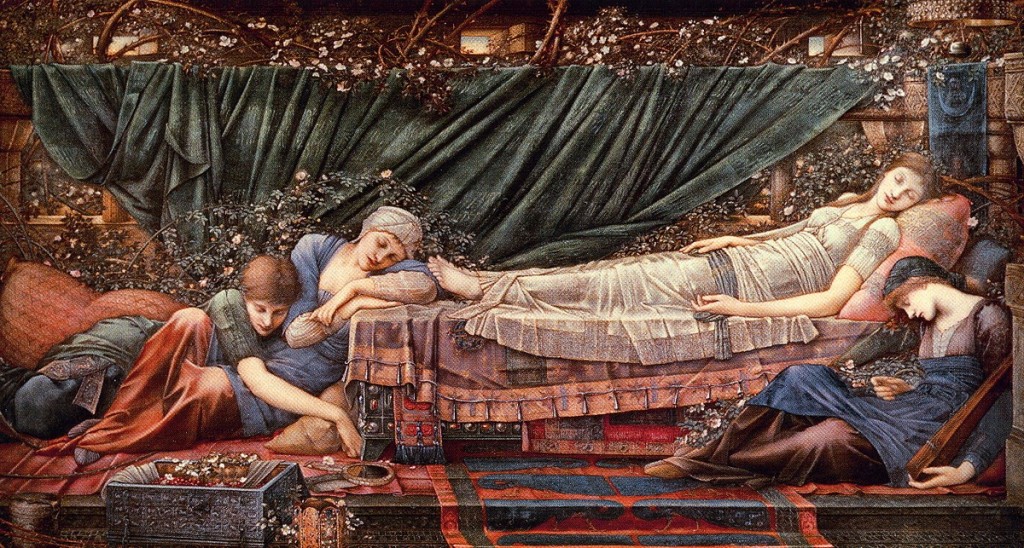
Le berceau de roses du cycle de l’églantine – Edward Burne-Jones – 1873
The Rose Bower
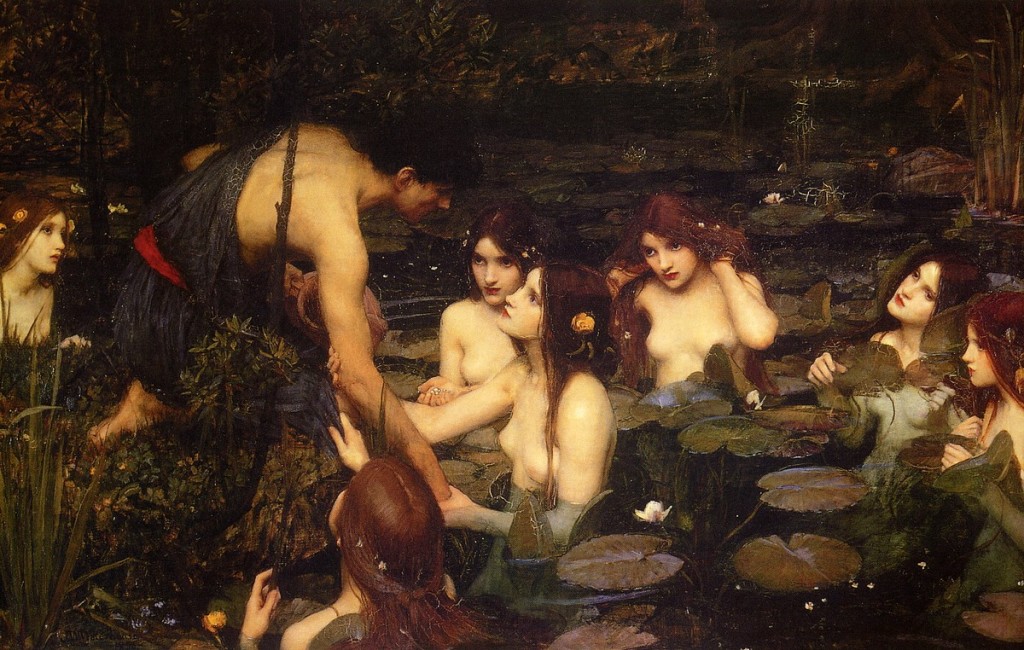
Hylas et les nymphes – John William Waterhouse – 1896
Hylas and the Nymphs

Ophélie – Arthur Hughes – 1852
Ophélia
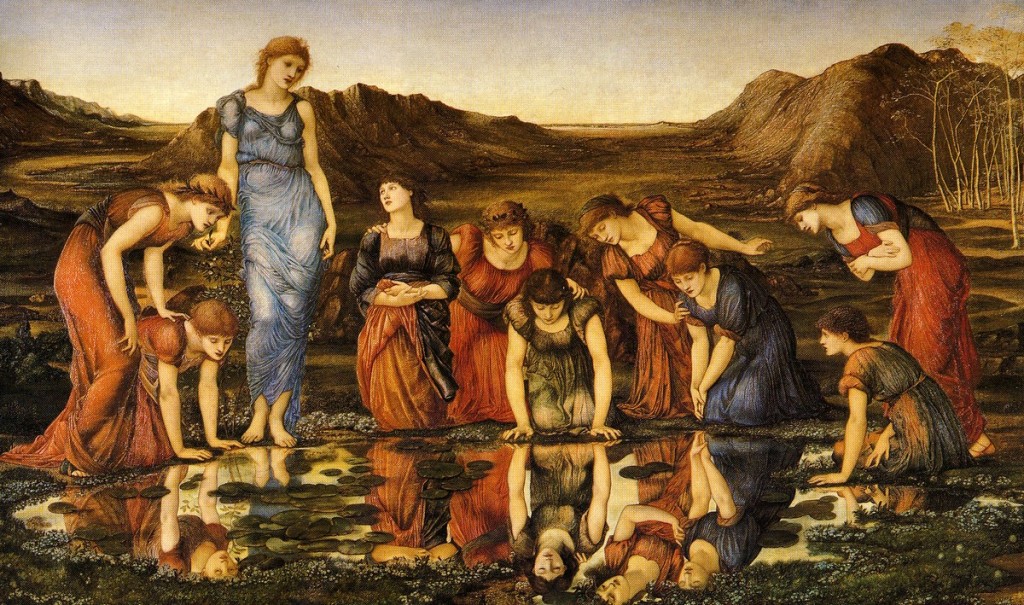
Le miroir de Vénus – Edward Burne-Jones – 1875
The Mirror of Venus
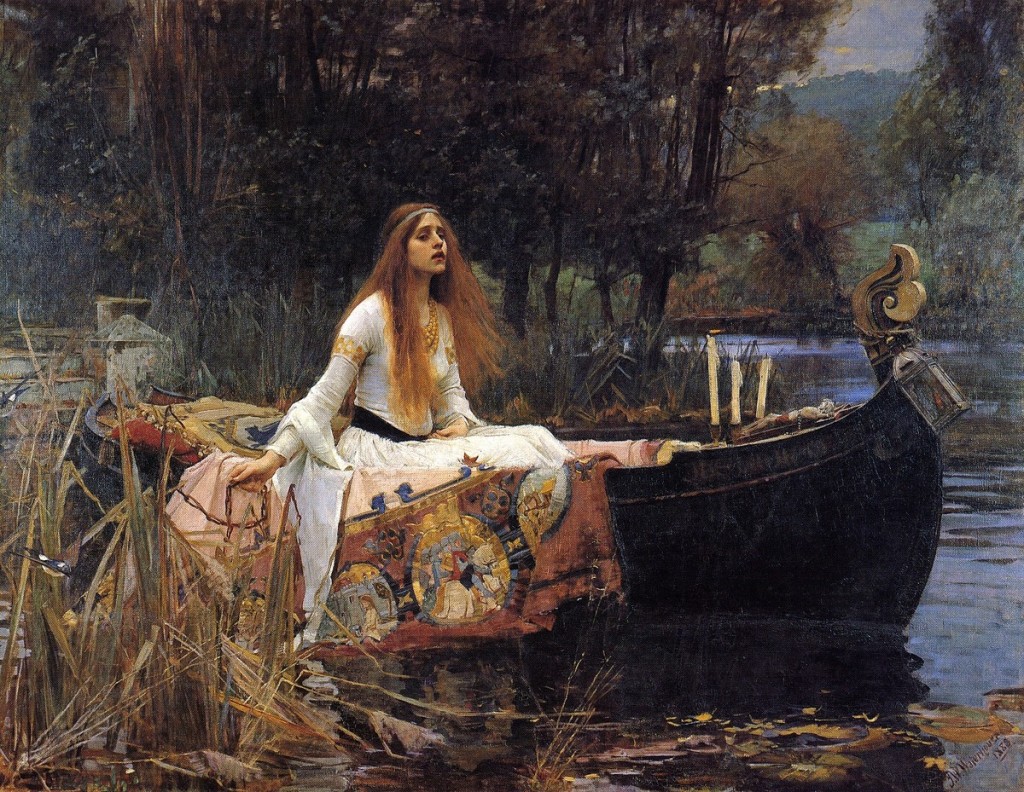
La dame de Shalott – John William Waterhouse – 1888
The Lady of Shalott



